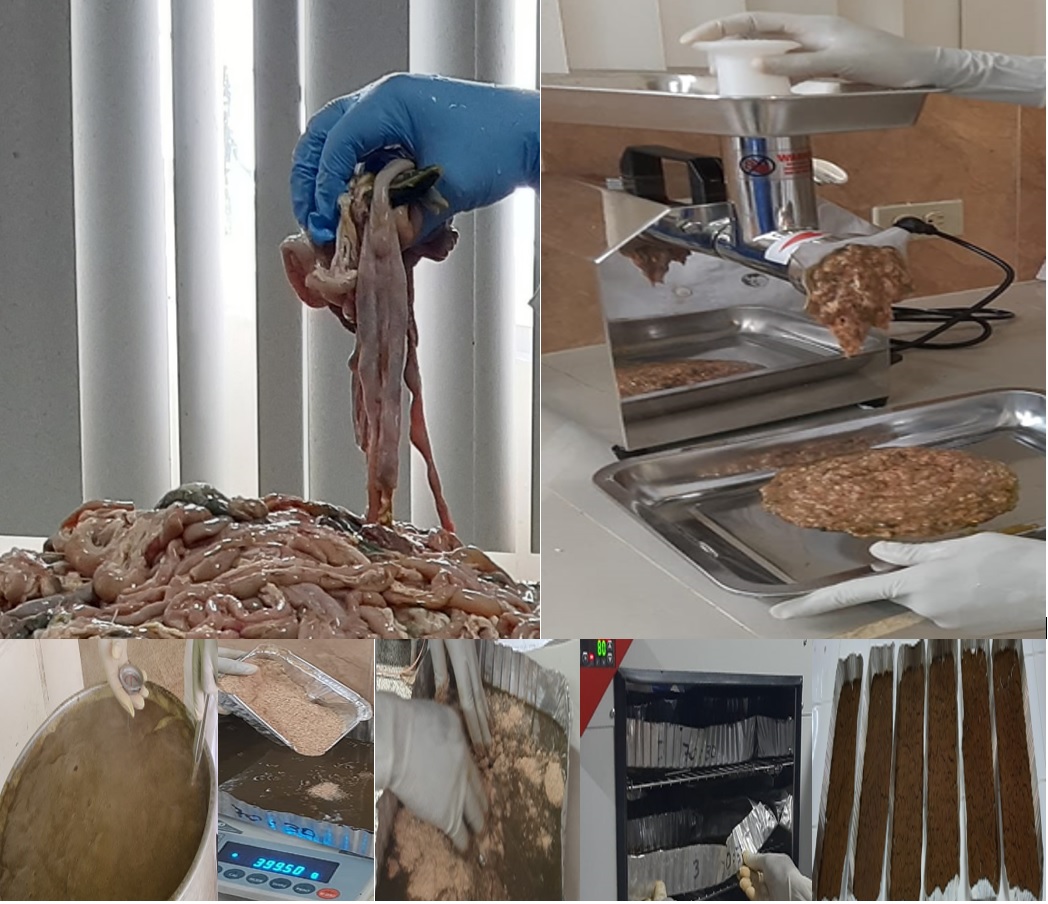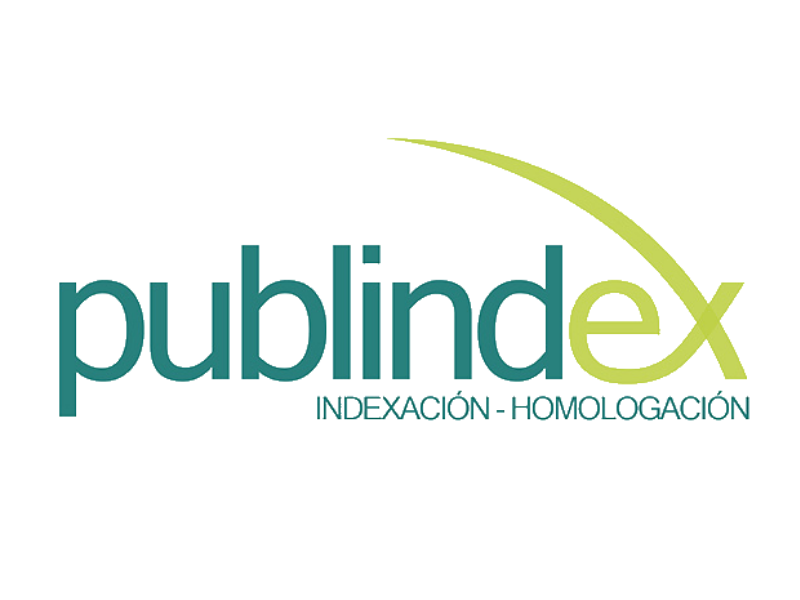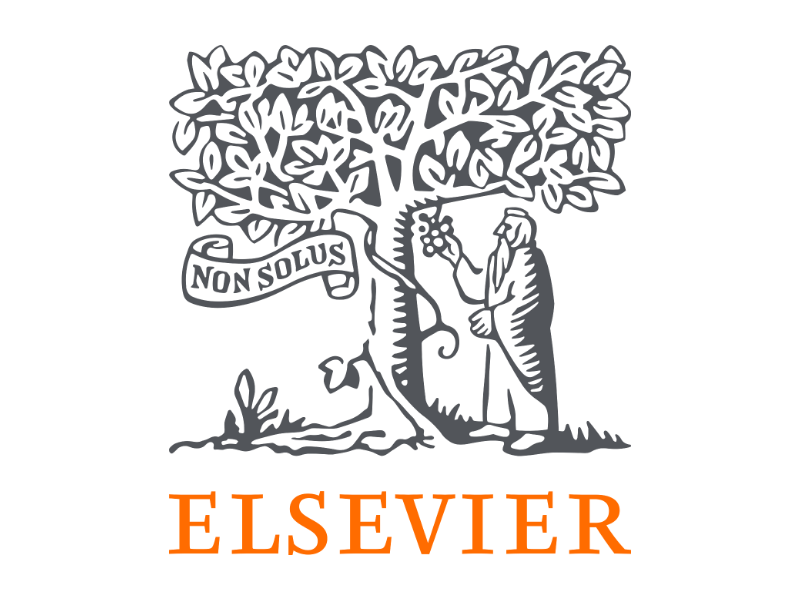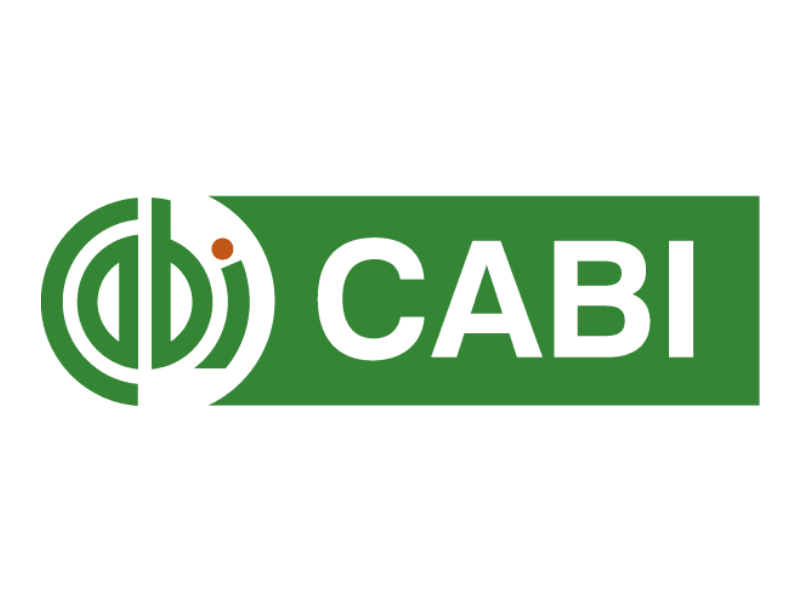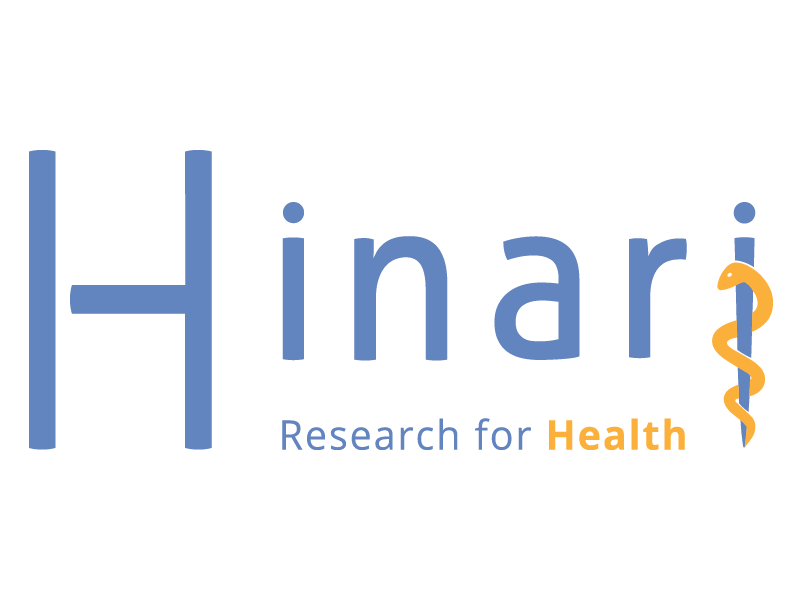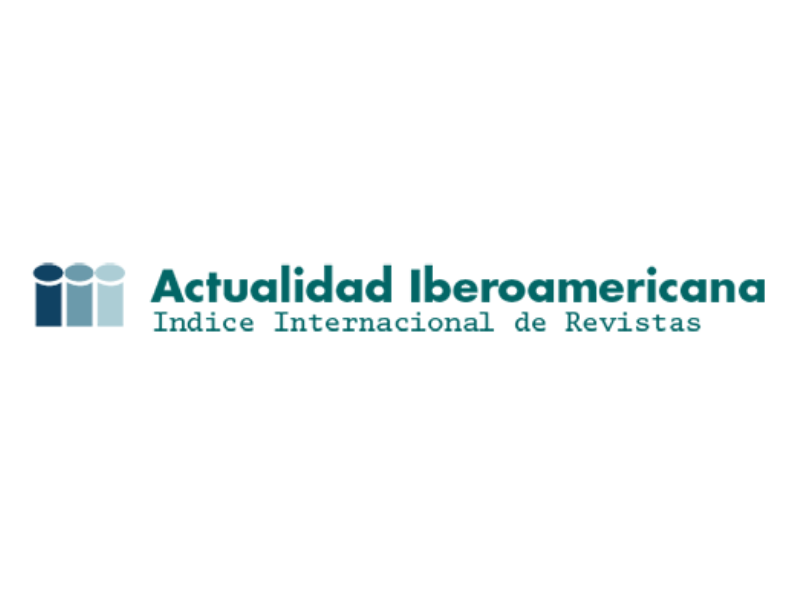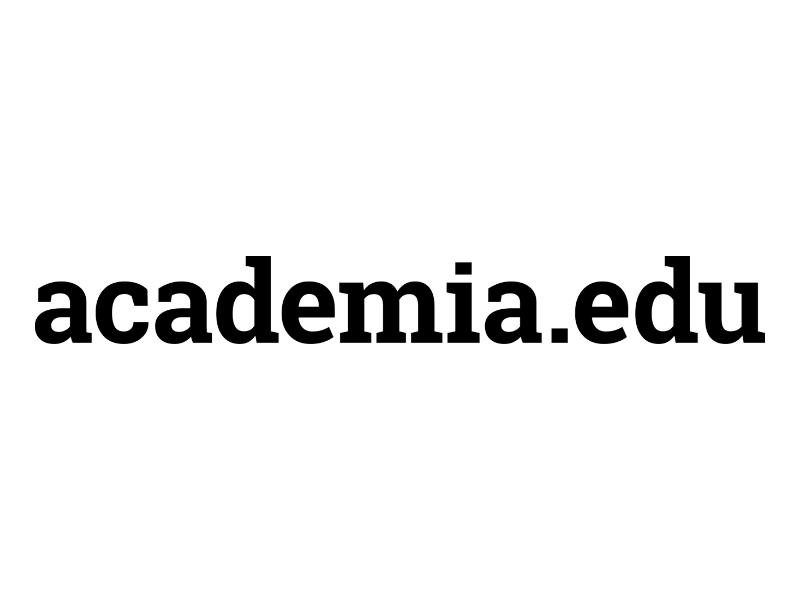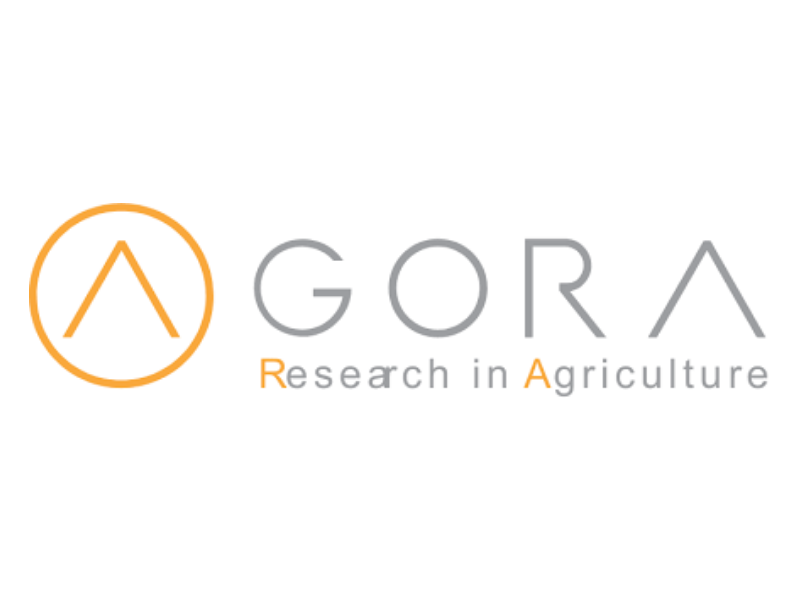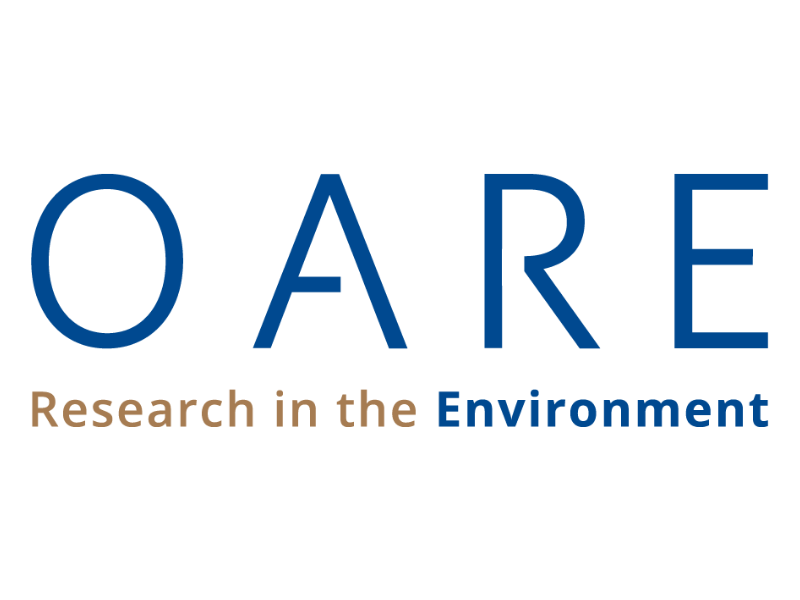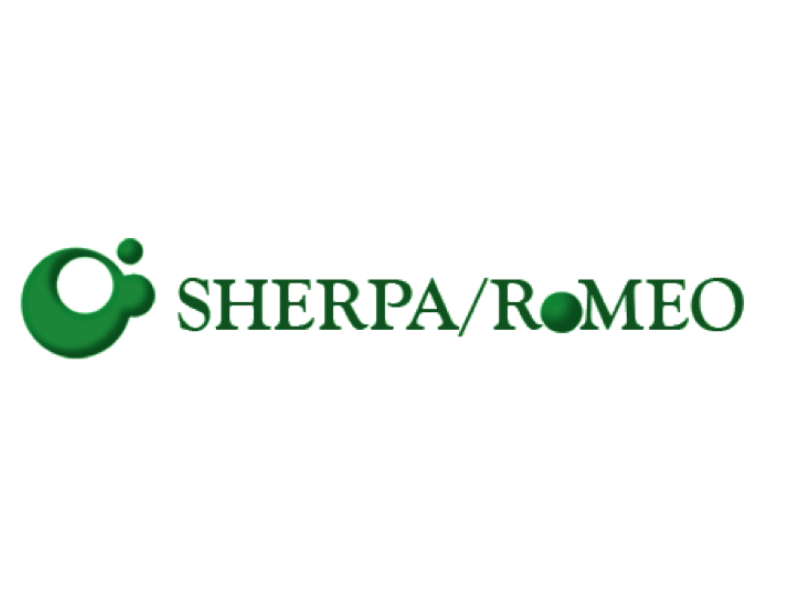Composición química de intestinos de pollos pre-secados con harinas vegetales: proteína alternativa para la acuicultura
Chemical composition of chicken intestines pre-dried with vegetable meals: alternative protein for aquaculture

Esta obra está bajo una licencia internacional Creative Commons Atribución-NoComercial-CompartirIgual 4.0.
Mostrar biografía de los autores
Objetivo. Caracterizar la composición química de intestinos de pollos procesados con harinas vegetales (HV), como fuente alternativa de proteína para la acuicultura. Materiales y métodos. Los intestinos de pollos, molidos, cocidos y desgrasados (IPMCD), se mezclaron de forma individual con harinas vegetales (HV): polvo de arroz (PA), salvado de trigo (ST), harinas de palmiste (HPa), maíz (HM) y soya (HS), en proporciones (p:p): 80:20, 70:30, 60:40, 50:50 y 40:60 (IPMCD:HV), con 20 tratamientos y diseño completamente aleatorizado. Se evaluó materia seca, proteína cruda, lípidos, fibra, cenizas, energía bruta (MJ kg-1) y costos. Se aplicó análisis de componentes principales (PCA) para verificar la interacción entre proporciones. Resultados. Las mayores proporciones con IPMCD, incrementaron el contenido de proteína y lípidos (p<0.05) y redujeron el costo (p<0.05). Las mezclas con 50:50 y 40:60% (IPMCD:HV) mostraron mayores niveles de fibra y cenizas (p<0.05). Además, el empleó de HS en las mezclas, incrementó el porcentaje de proteína, energía y costos (p<0.05), efecto contrario con HPa que mostró los menores costos (p<0.05). Conclusiones. Las proporciones de IPMCD:HV alcanzaron altos niveles de materia seca, que facilitó el proceso de deshidratación. El contenido nutricional y costos de las mezclas, las acredita como posibles alimentos acuícolas, para reemplazar la proteína en las dietas, según la especie, fin productivo y requerimientos del mercado. El PCA con matriz de covarianza, sugiere que los tratamientos IPMCD:HS (80:20), IPMCD:HS (70:30) y IPMCD:HS (60:40) tienen mejores características nutricionales, aunque, IPMCD:HPa (80:20) mostró altos niveles de proteína y fue la más económica.
Visitas del artículo 409 | Visitas PDF
Descargas
- Tacon AG. Trends in global aquaculture and aquafeed production: 2000–2017. Rev Fish Sci Aquac. 2020; 28(1):43-56. https://doi.org/10.1080/23308249.2019.1649634
- National Research Council (NRC). Nutrient Requirements of Fish and Shrimp. The National Academies Press: Washington, D.C. USA; 2011. https://www.nap.edu/catalog/13039/nutrient-requirements-of-fish-and-shrimp
- Fry JP, Mailloux NA, Love DC, Milli MC, Cao L. Feed conversion efficiency in aquaculture: do we measure it correctly?. Environ Res Lett. 2018; 13(2):024017. https://doi.org/10.1088/1748-9326/aaa273
- Sánchez‐Muros MJ, Renteria P, Vizcaino A, Barroso FG. Innovative protein sources in shrimp (Litopenaeus vannamei) feeding. Rev Aquac. 2020; 12(1):186-203. https://doi.org/10.1111/raq.12312
- Botello LA, Martínez YA, Viana MT, Ortega MO, Morán CM, Pérez KC, et al. Effect of palm kernel cake in the nutrition for tilapia fry (Oreochromis niloticus). Rev MVZ Córdoba. 2022; 27(2):e2527. https://doi.org/10.21897/rmvz.2527
- Li L, Liu H, Zhang P. Effect of spirulina meal supplementation on growth performance and feed utilization in fish and shrimp: a meta-analysis. Aquac Nutr. 2022; 2022:1-15. https://doi.org/10.1155/2022/8517733
- Pinto J, Boavida-Dias R, Matos HA, Azevedo J. Analysis of the Food Loss and Waste Valorisation of Animal By-Products from the Retail Sector. Sustainability. 2022; 14(5):2830. https://doi.org/10.3390/su14052830
- Rocker MM, Lewis MJ, Mock TS, Francis DS, Bellagamba F, Moretti VM, et al. Poultry offal meal production conditions impact meal quality and digestibility in Atlantic salmon (Salmo salar). Aquaculture. 2021; 542(2021):736909. https://doi.org/10.1016/j.aquaculture.2021.736909
- Kokoszyński D, Żochowska‐Kujawska J, Kotowicz M, Sobczak M, Piwczyński D, Stęczny K, et al. Carcass characteristics and selected meat quality traits from commercial broiler chickens of different origin. Anim Sci J. 2022; 93(1):e13709. https://doi.org/10.1111/asj.13709
- Gaudioso G, Marzorati G, Faccenda F, Weil T, Lunelli F, Cardinaletti G, et al. Processed animal proteins from insect and poultry by-products in a fish meal-free diet for rainbow trout: Impact on intestinal microbiota and inflammatory markers. Int J Mol Sci. 2021; 22(11):5454. https://doi.org/10.3390/ijms22115454
- Hassani SM, Banavreh A, Jourdehi YA, Mohseni M, Shokri MM, Rastekenari YH. The feasibility of partial replacement fish meal with poultry by‐products in practical diets of juvenile great sturgeon, Huso huso: Effects on growth performance, body composition, physiometabolic indices, digestibility and digestive enzymes. Aquac Res. 2021; 52(8):3605-3616. https://doi.org/10.1111/are.15205
- Zinina O, Merenkova S, Galimov D. Optimization of microbial hydrolysis parameters of poultry by-products using probiotic microorganisms to obtain protein hydrolysates. Fermentation. 2021; 7(122):2-6. https://doi.org/10.3390/fermentacion7030122
- Ozdemir S, Yetilmezsoy K. A mini literature review on sustainable management of poultry abattoir wastes. J Mater Cycles Waste. 2020; 22(1):11-21. https://doi.org/10.1007/s10163-019-00934-1
- Campos I, Valente LM, Matos E, Marques P, Freire F. Life-cycle assessment of animal feed ingredients: Poultry fat, poultry by-product meal and hydrolyzed feather meal. J Clean Prod. 2020; 252(2020):119845. https://doi.org/10.1016/j.jclepro.2019.119845
- Pérez-Corría K, Botello-León A, Mauro-Félix A, Rivera-Pineda F, Viana M, Cuello-Pérez M, et al. Chemical composition of earthworm (Eisenia foetida) co-dried with vegetable meals as an animal feed. Rev Ciencia y Agricultura. 2019; 16(2):79-92. https://doi.org/10.19053/01228420.v16.n2.2019.9130
- Bitencourt BS, Corrêa JL, Carvalho GR, Augusto PE. Valorization of Pineapple Pomace for Food or Feed: Effects of Pre-treatment with Ethanol on Convective Drying and Quality Properties. Waste Biomass Valorization. 2022; 13(2020):2253-2266. https://doi.org/10.1007/s12649-021-01659-9
- Saucier L, M’ballou C, Ratti C, Deschamps MH, Lebeuf Y, Vandenberg GW. Comparison of black soldier fly larvae pre-treatments and drying techniques on the microbial load and physico-chemical characteristics. J. Insects Food Feed. 2022; 8(1):45-64. https://doi.org/10.3920/JIFF2021.0002
- Botello AL, Martínez YA, Cotera MB, Morán CM, Ortega MO, Pérez KC, et al. Growth performance, carcass traits and economic response of broiler fed of palm kernel meal (Elaeis guineensis). Cuba J Agric Sci. 2020; 54(4):1-12. http://cjascience.com/index.php/CJAS/article/view/986
- Badar IH, Jaspal MH, Yar MK, Ijaz M, Khalique A, Zhang L, et al. Effect of strain and slaughter age on production performance, meat quality and processing characteristics of broilers reared under tropical climatic conditions. Europ Poult Sci. 2021; 85(2021):1-17. https://doi.org/10.1399/eps.2021.326
- Badillo-Zapata D, Zaragoza FDJ, Vega-Villasante F, López-Huerta JM, Herrera-Resendiz S, Cueto-Cortés L, et al. 2018. Requerimiento de proteína y lípidos para el crecimiento de juveniles del pez nativo Dormitator latifrons (Richardson, 1844). Ecosist Recur Agropec. 2018; 5(14):345-351. https://doi.org/10.19136/era.a5nl4.1554
- AOAC. Official Methods of Analysis of AOAC International. 19th edition. Gaithersburg, Maryland, USA: AOAC International; 2012.
- Tacon A. Standard Methods for the Nutrition and Feeding of Farmed Fish and Shrimp. Washington: Argent Laboratories Press; 1990.
- Botello AL, María TV, Téllez ET, Pullés EA, Cisneros MV, Gutberto SS, et al. Fish meal substitution by protein sugar cane in diets for weight gain in red tilapia. Agrociencia. 2011; 45(1):23-31.
- Méndez-Martínez Y, Gucić M, Martínez-Córdova L, Civera-Cerecedo R, Ricque-Marie D, Cortés-Jacinto E. Dry matter, protein and energy digestibility of diets for juvenile Pacific whiteleg shrimp (Litopenaeus vannamei) reared at different salinities. Cienc Rural. 2021; 51(8):1-10. https://doi.org/10.1590/0103-8478cr20190636
- Burger TG, Singh I, Mayfield C, Baumert JL, Zhang Y. The impact of spray drying conditions on the physicochemical and emulsification properties of pea protein isolate. LWT-Food Sci Technol. 2022; 153(2022):112495. https://doi.org/10.1016/j.lwt.2021.112495
- Kaur L, Mao B, Beniwal AS, Kaur R, Chian FM, Singh J. Alternative proteins vs animal proteins: The influence of structure and processing on their gastro-small intestinal digestion. Trends Food Sci Tech. 2022; 122(2022):275-286. https://doi.org/10.1016/j.tifs.2022.02.021
- Kim TK, Yong HI, Cha JY, Park SY, Jung S, Choi YS. Drying-induced restructured jerky analog developed using a combination of edible insect protein and textured vegetable protein. Food Chem. 2022; 373(2022):131519. https://doi.org/10.1016/j.foodchem.2021.131519
- Vidotti RM, Carneiro DJ, Viegas E. Growth Rate of Pacu, Piaractus mesopotamicus, Fingerlings Fed Diets Containing Co-Dried Fish Silage as Replacement of Fish Meal. J Appl Aquac. 2002; 12(4):77-88. https://doi.org/10.1300/J028v12n04_07
- Goddard JS, Perret JS. Co-Drying Fish Silage for Use in Aquafeeds. Anim Feed Sci Tech. 2005; 118(3):337-342. https://doi.org/10.1016/j.anifeedsci.2004.11.004
- Norozi M, Rezaei M, Kazemifard M. Effect of different acid processing methodologies on the nutritional value and reduction of anti‐nutrients in soybean meal. J Food Process Preserv. 2022; 46(e16205):1-8. https://doi.org/10.1111/jfpp.16205
- Santos FS, Signoretti RD, Oliveira JS, Silva GT, Rufino MD, Souza CG, et al. Effect of replacing soybean meal with peanut meal on milk production and fat composition in lactating dairy cows. Trop Anim Health Prod. 2022; 54(1):1-7. https://doi.org/10.1007/s11250-022-03091-0
- Carvalho GG, Vieira AJ, Mattos C, Ferreira F, Aparecida BM Silagem de resíduo de peixes em dietas para alevinos de tilápia do nilo. R Bras Zootec. 2006; 35(1):126-130.
- Li X, Zheng S, Cheng K, Ma X, Wu G. Use of alternative protein sources for fishmeal replacement in the diet of largemouth bass (Micropterus salmoides). Part II: effects of supplementation with methionine or taurine on growth, feed utilization, and health. Amino Acids. 2021; 53(1):49-62. https://doi.org/10.1007/s00726-020-02922-4
- Maas RM, Verdegem MC, Wiegertjes GF, Schrama JW. Carbohydrate utilisation by tilapia: a meta‐analytical approach. Rev Aquacult. 2020; 12(2020):1851-1866. https://doi.org/10.1111/raq.1241
- Chen JX, Feng JY, Zhu J, Luo L, Lin SM, Wang DS, et al. Starch to protein ratios in practical diets for genetically improved farmed Nile tilapia Oreochromis niloticus: Effects on growth, body composition, peripheral glucose metabolism and glucose tolerance. Aquaculture. 2020; 515(2020):734538. https://doi.org/10.1016/j.aquaculture.2019.734538
- Konnert GD, Martin E, Gerrits WJ, Gussekloo SW, Masagounder K, Mas-Muñoz J, et al. Interactive effects of protein and energy intake on nutrient partitioning and growth in Nile tilapia. Animal. 2022; 16(4):100494. https://doi.org/10.1016/j.animal.2022.100494
- Valdivié NM, Martínez AY, Mesa FO, Botello LA, Betancur HC, Velázquez MB. Review of Moringa oleifera as forage meal (leaves plus stems) intended for the feeding of non-ruminant animals. Anim Feed Sci Tech. 2020; 260(2020):1-9. https://doi.org/10.1016/j.anifeedsci.2019.114338
- Toledo-Solís FJ, Martinez-Garcia R, Galaviz MA, Hilerio-Ruiz AG, Alvarez-González CA, de Rodrigáñez MS. Protein and lipid requirements of three-spot cichlid Cichlasoma trimaculatum larvae. Fish Physiol Biochem. 2020; 46:23-37. https://doi.org/10.1007/s10695-019-00692-9
- Liou CH, To VA, Zhang ZF, Lin YH. The effect of dietary lecithin and lipid levels on the growth performance, body composition, hemolymph parameters, immune responses, body texture, and gene expression of juvenile white shrimp (Litopenaeus vannamei). Aquaculture. 2023; 567(2023):739260. https://doi.org/10.1016/j.aquaculture.2023.739260
- Méndez-Martínez Y, García-Guerrero MU, Arcos-Ortega FG, Martínez-Córdova LR, Yamasaki-Granados S, Pérez-Rodríguez JC, et al. Effect of different ratios of dietary protein-energy on growth, body proximal composition, digestive enzyme activity, and hepatopancreas histology in Macrobrachium americanum (Bate, 1868) prawn juveniles. Aquaculture. 2018; 485(2018):1-11. https://doi.org/10.1016/j.aquaculture.2017.11.012
